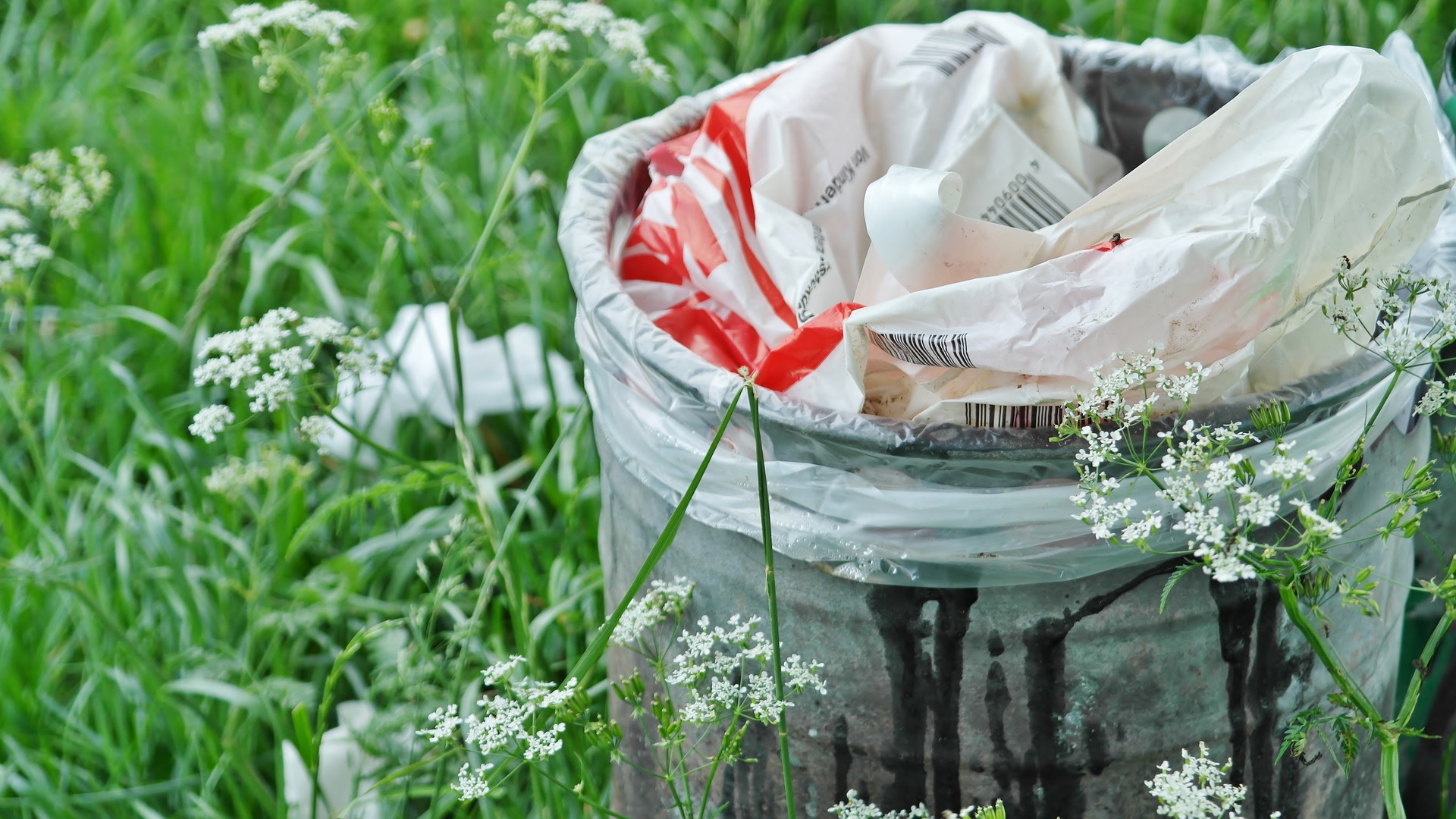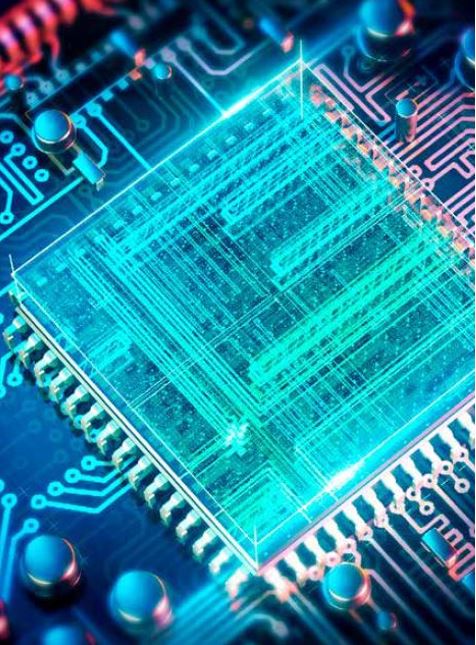Myth: bioplastics will solve the trashproblem
It doesn’t take you very long to find the consequences of the plastic soup in the ocean. The internet is filled with images of sea turtles with sixpack-rings around their shell, seals covered in shredded plastic bags and beaches littered with plastic bottles. Bioplastic, which accounts for only 2 percent of the total amount of plastic, seems to be the logical solution. If all the materials come from nature, it can’t harm nature. But that’s too simple of a thought according to Yvonne van der Meer, Associate Professor Sustainability of Biobased Materials.
“Bioplastic is made from natural materials, but those materials are often processed. The added substances may be harmful. The goal is to produce a more durable type of plastic to counter climate change, and not necessarily to make it degradable. Some plastics are, but definitely not all – you can’t solve all problems at once.

Department of Biobased Materials
You want a long-lasting product, but in at the same time you want it to be easy degradable. That makes it very hard because those two objectives clash with each other. It is possible with a specific ‘trigger’, which dissolves the product when you want it to and not sooner.”
Also read
-
Maastricht University received grants for three of the ten research projects starting in the National Growth Fund program Circular Plastics NL.
-
"I am proud that our new Circular Plastics group published its first completely in-house research," Kim Ragaert says. She founded the research group three years ago, when she moved to Maastricht. Her work has laid the foundations for many innovations in the field of plastic recycling, and she is...
-
Programming quantum computers, like the quantum computer itself, is still in its early stages. Quantum computing researchers tend to be physicists, mathematicians, or computer scientists who have a special interest in the mathematical framework of quantum mechanics.


